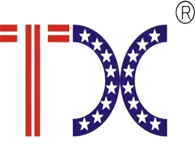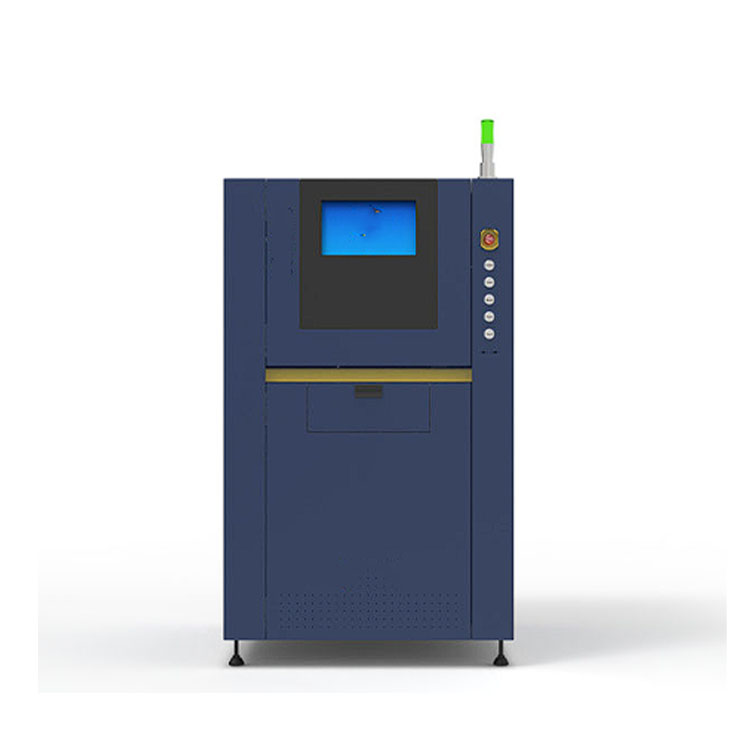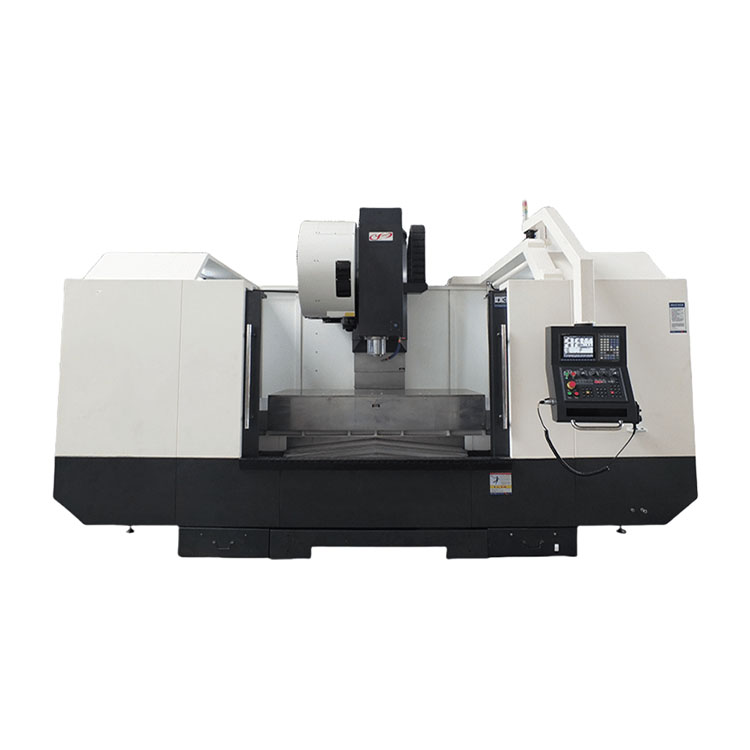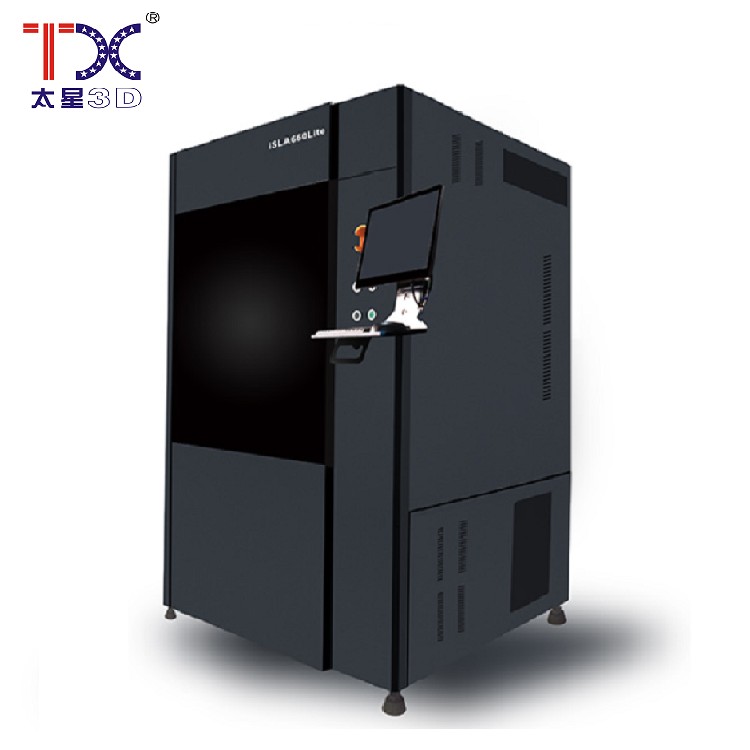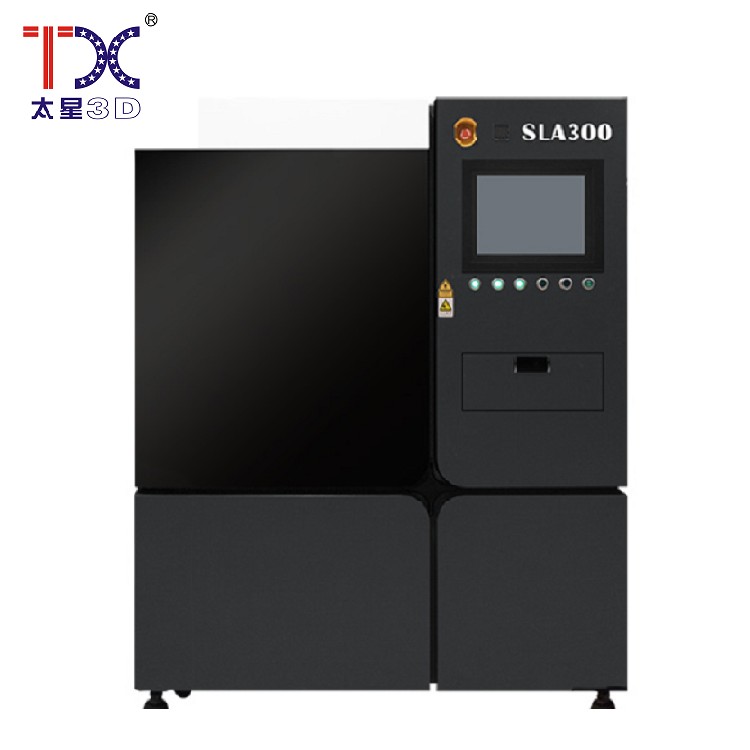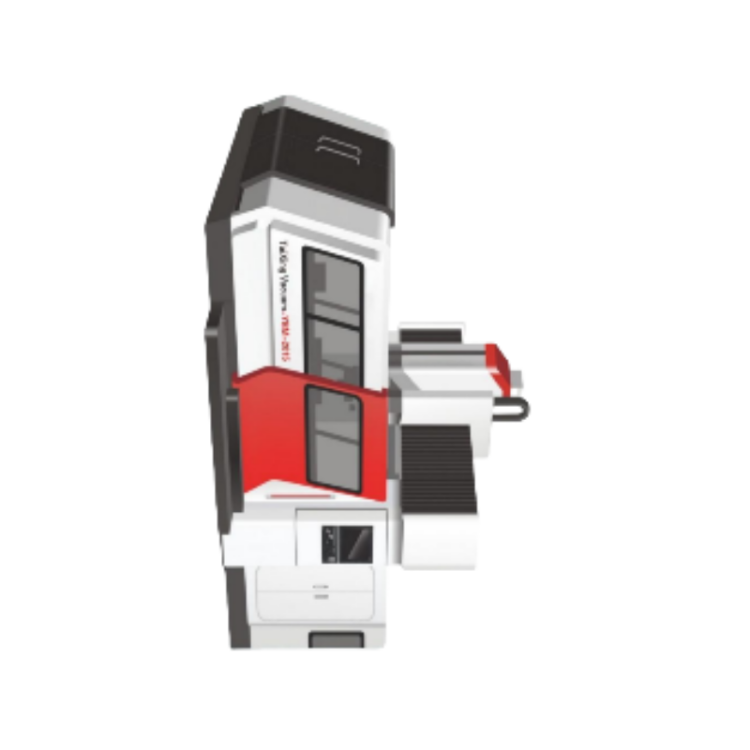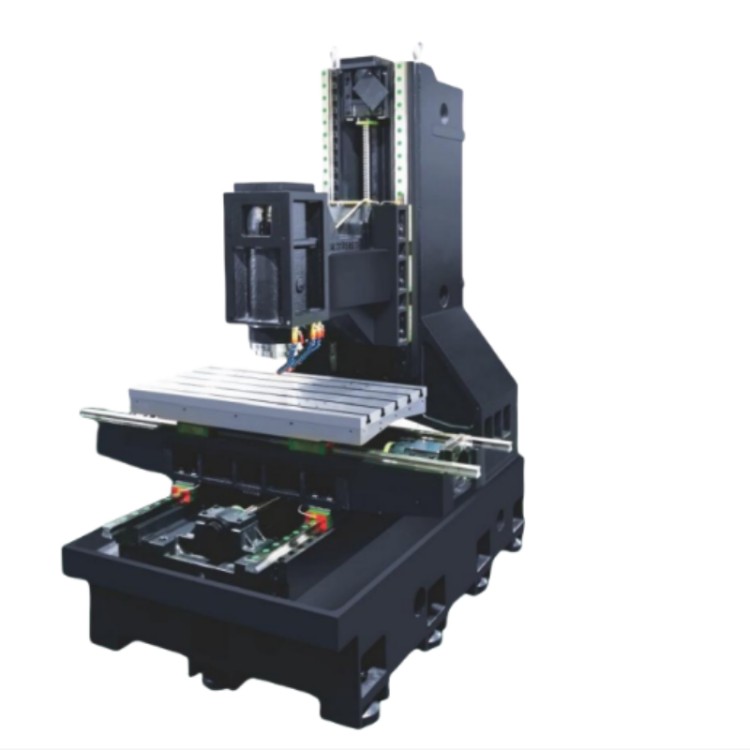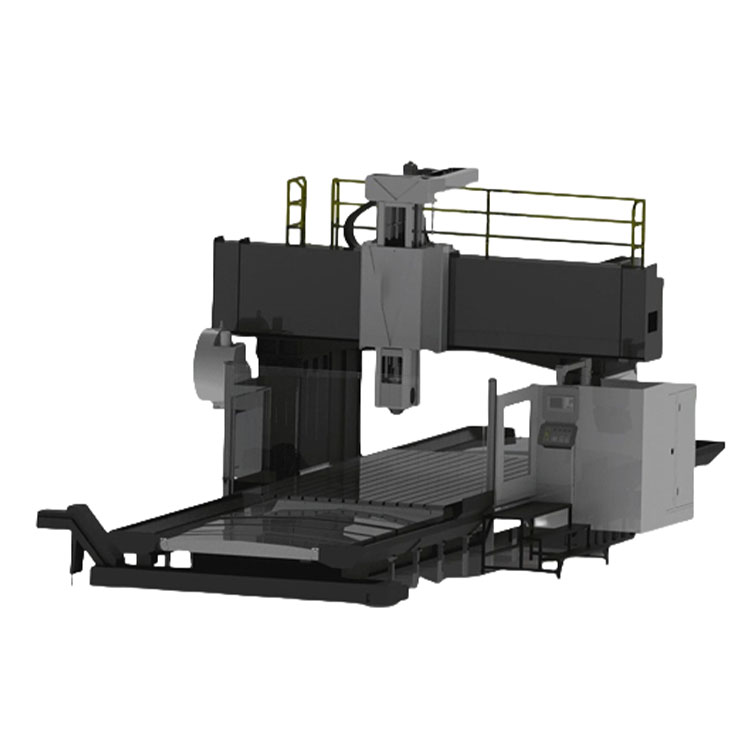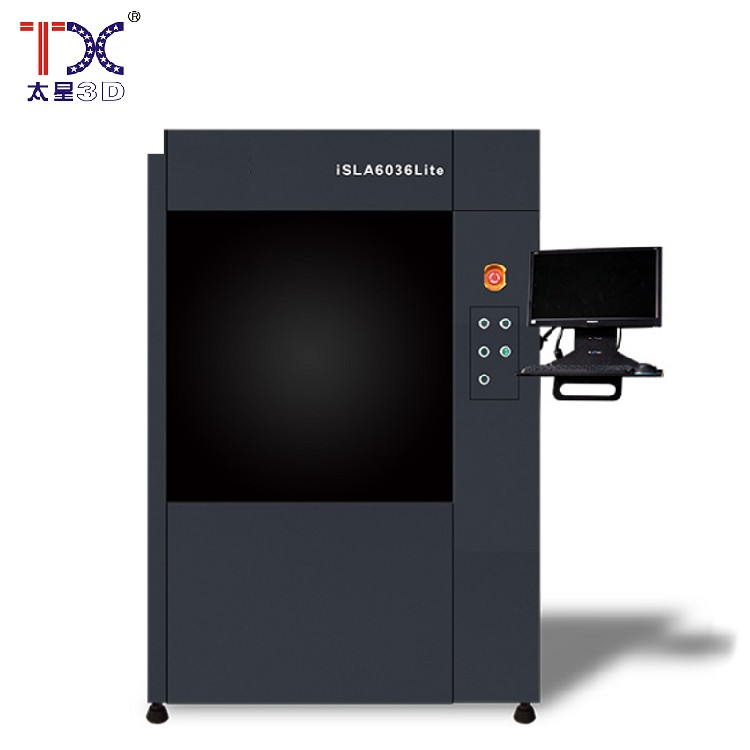
SLA PEACH (stereolitography)
SLA PEACH (stereolitography)
SLA-priest, or stereolithography, is one of the 3D printing methods that allows you to create complex three-dimensional objects from a liquid photopolymer. Imagine how the wizard creates nothing, but instead of a magic wand he has a powerful computer and a special machine.
How does SLA work work?
The process is quite interesting and resembles the creation of an image in a photo laboratory. The laser beam, like an accurate feather, scans the surface of the liquid resin. Where the ray gets, the resin hardens, forming a layer by a layer of part. After each layer, the platform drops down, and a new portion of the resin is poured into the tank. Thus, a layer by a layer, lines are applied, which, in the end, create a three -dimensional model. Setting up parameters, as in Photoshop, allows you to create different textures and details.
Advantages of SLA printing.
SLA-technology is characterized by high accuracy and quality of print. The details are smooth and detail, with the possibility of creating complex geometric shapes and thin elements. This makes it indispensable in the manufacture of prototypes, layouts and final products that require high accuracy, for example, in jewelry or the production of medical implants. In addition, the materials for SLA-print in most cases are strong and durable.
Disadvantages and areas of application.
However, the SLA-porch has its own restrictions. The cost of equipment can be quite high, and the cost of supplies (resins) is also not the lowest. Therefore, it, first of all, is used in areas where high accuracy and complexity of the design are important, and not huge volumes of production. For example, in architectural design, industrial design, the creation of models for cinema and medical equipment. It is also used to create functional parts that require the highest quality surfaces and accuracy of geometric parameters.
AppropriateProducts
Corresponding products
The best soldproducts
The best -selling products-
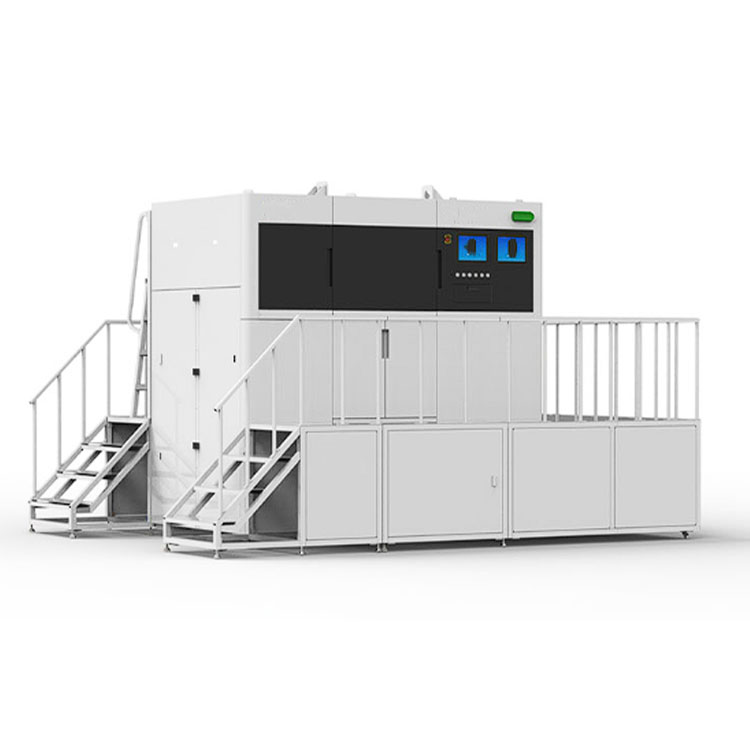 Taisin Metal 3D printer ISLM500D
Taisin Metal 3D printer ISLM500D -
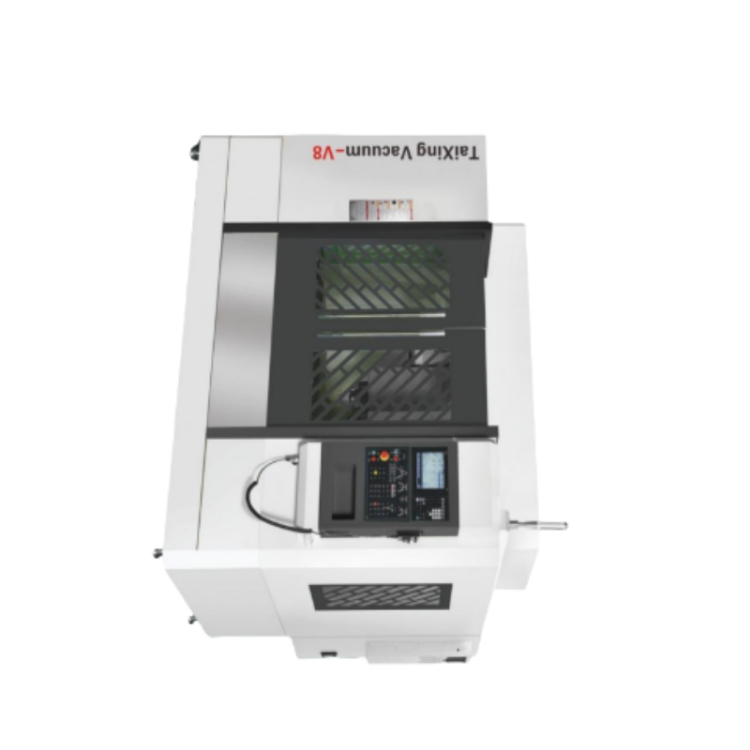 Taisin high-speed and high-precision processing center for processing parts TX-V8
Taisin high-speed and high-precision processing center for processing parts TX-V8 -
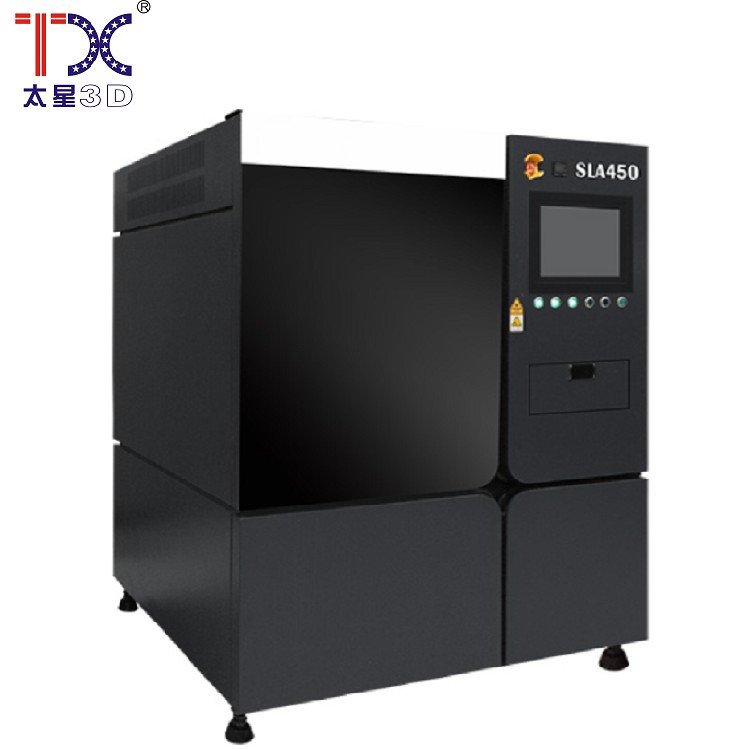 Taisin Light-adoptive 3D printer SLA450
Taisin Light-adoptive 3D printer SLA450 -
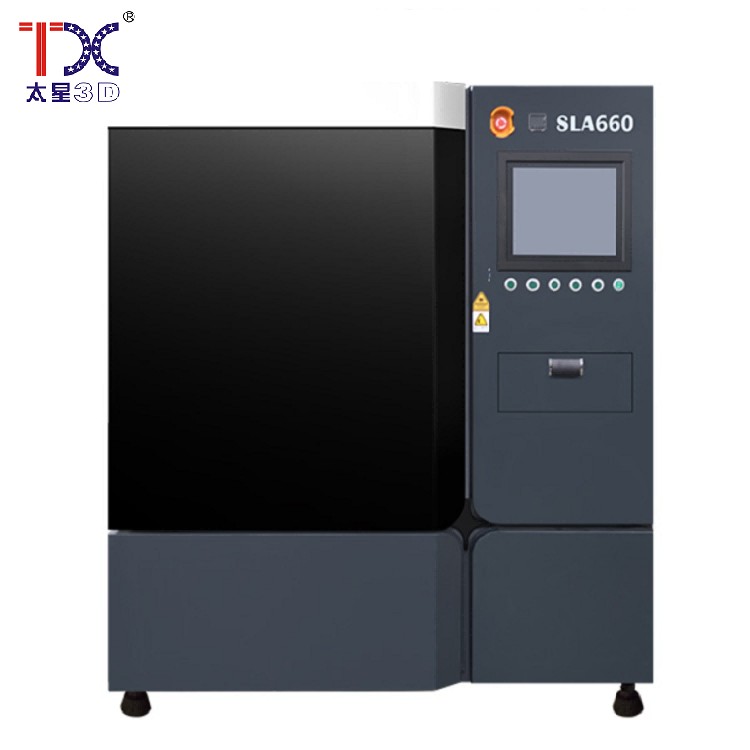 Taisin Light-adopted 3D printer SLA660
Taisin Light-adopted 3D printer SLA660 -
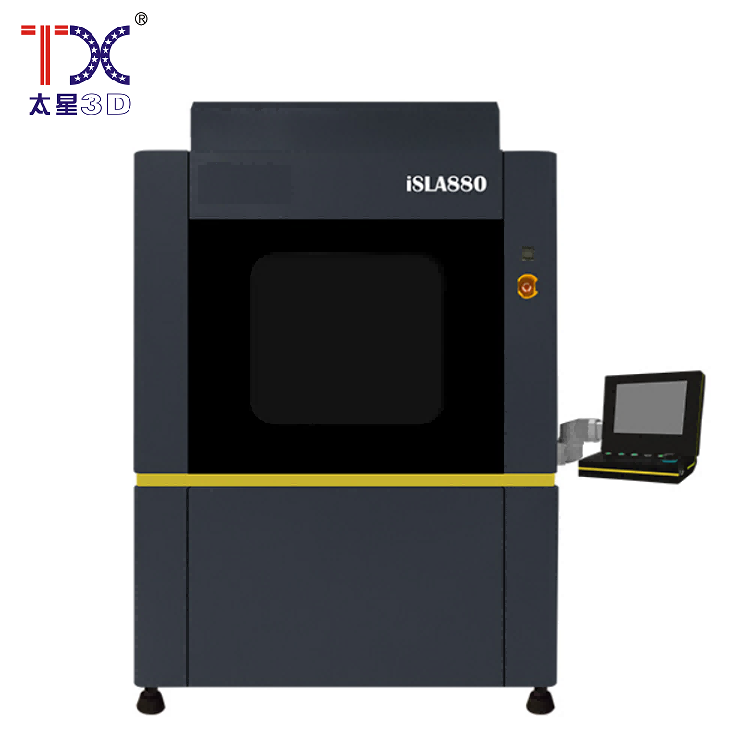 Taisin Light-adoptive 3D printer SLA880
Taisin Light-adoptive 3D printer SLA880 -
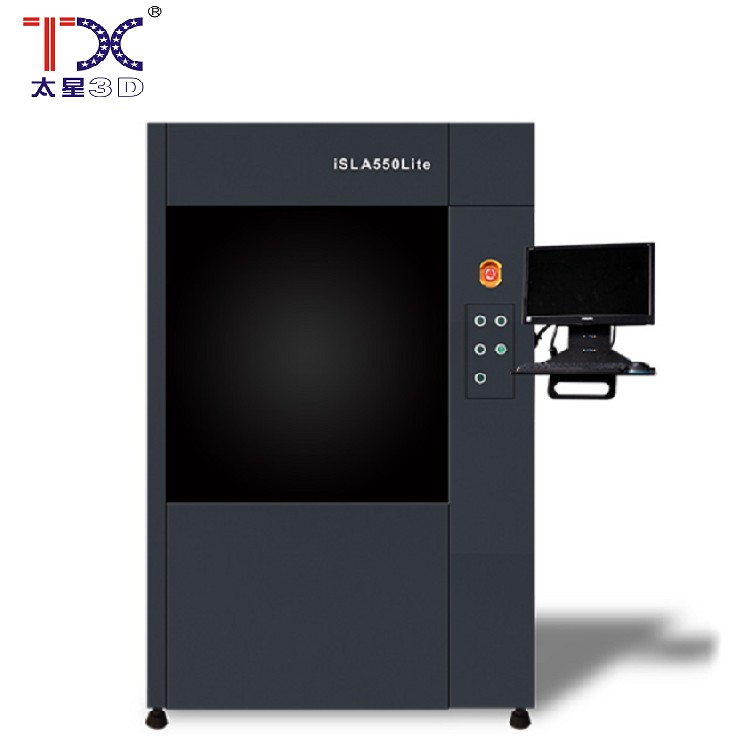 Taisin Light-adoptive 3D printer SLA550Lite
Taisin Light-adoptive 3D printer SLA550Lite -
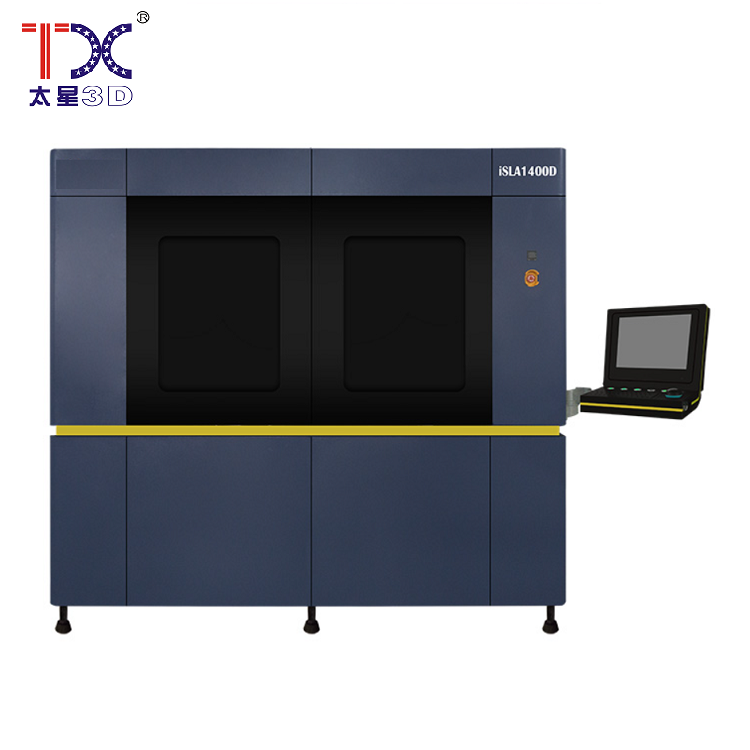 Taisin Light-adopted 3D printer SLA1300D
Taisin Light-adopted 3D printer SLA1300D -
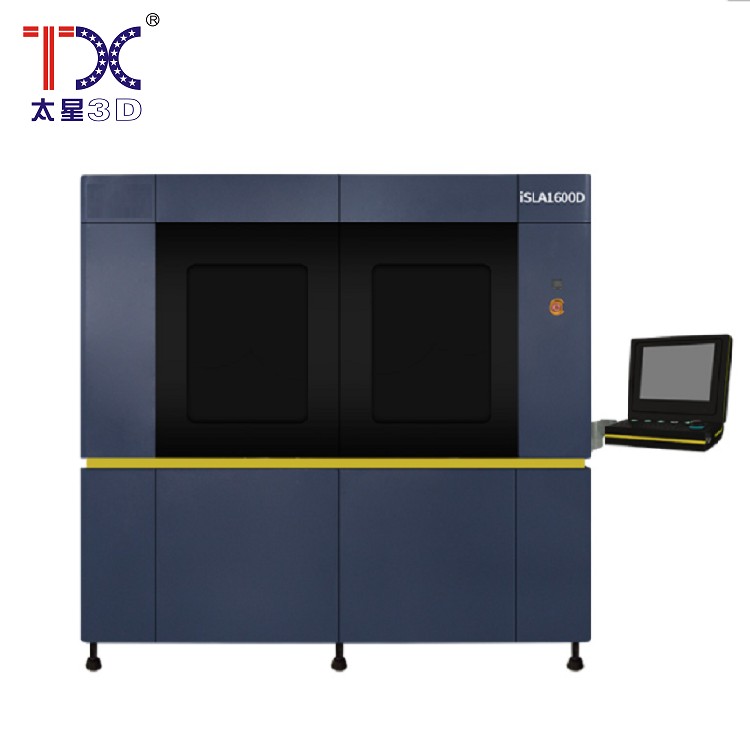 Taisin Light-adoptive 3D printer SLA1600D
Taisin Light-adoptive 3D printer SLA1600D -
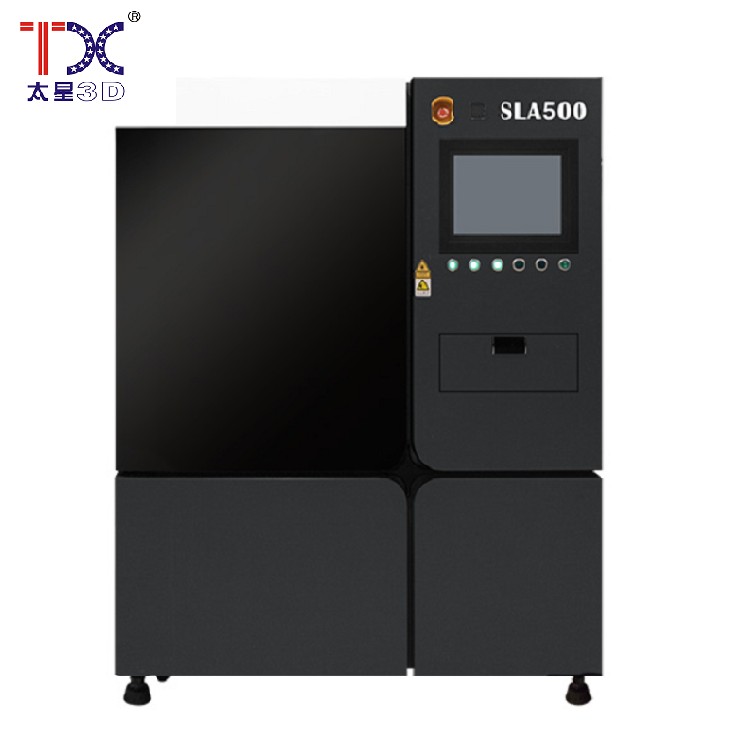 Taisin Light-adoptive 3D printer SLA500
Taisin Light-adoptive 3D printer SLA500 -
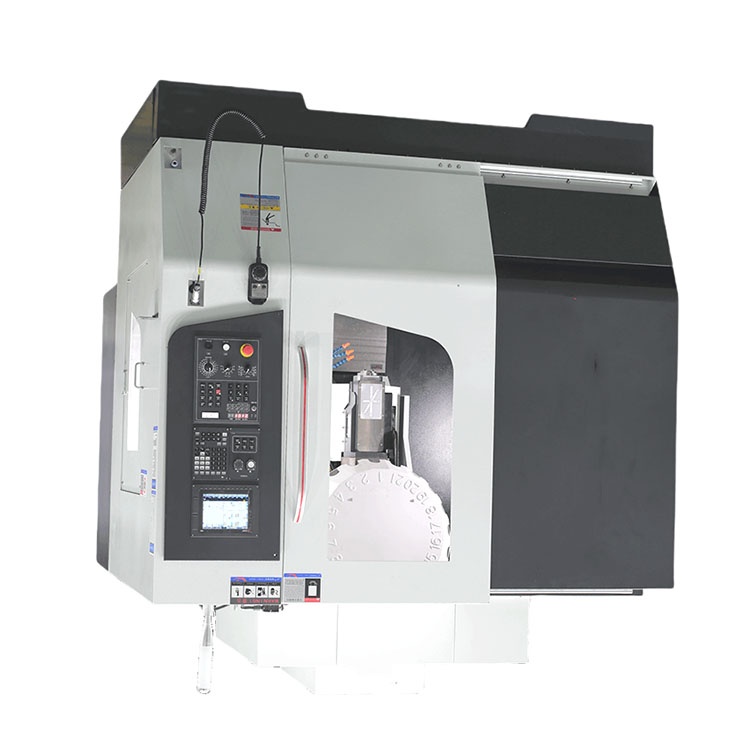 Taisin drilling and threaded-cutting machine with CNC TXT-700
Taisin drilling and threaded-cutting machine with CNC TXT-700 -
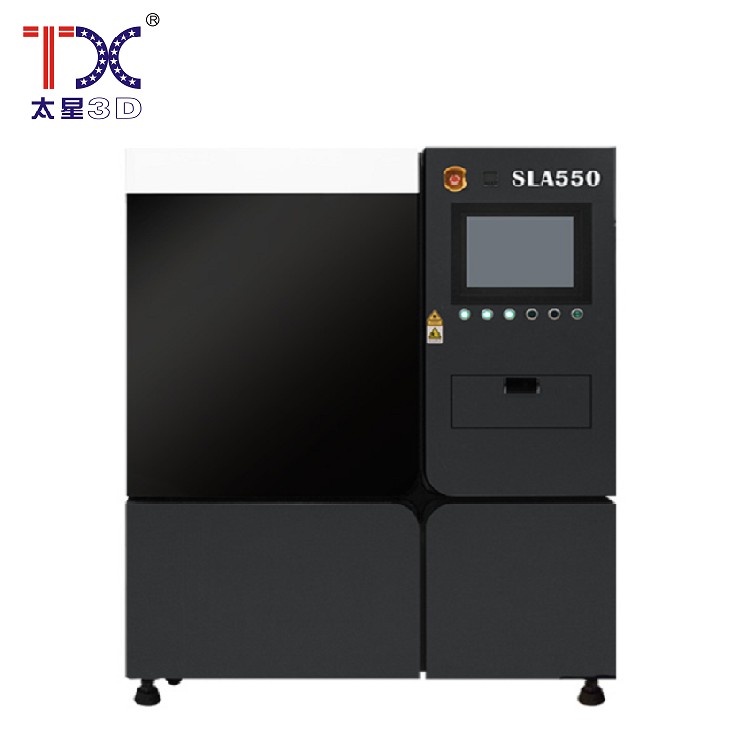 Taisin Light-adoptive 3D printer SLA550
Taisin Light-adoptive 3D printer SLA550 -
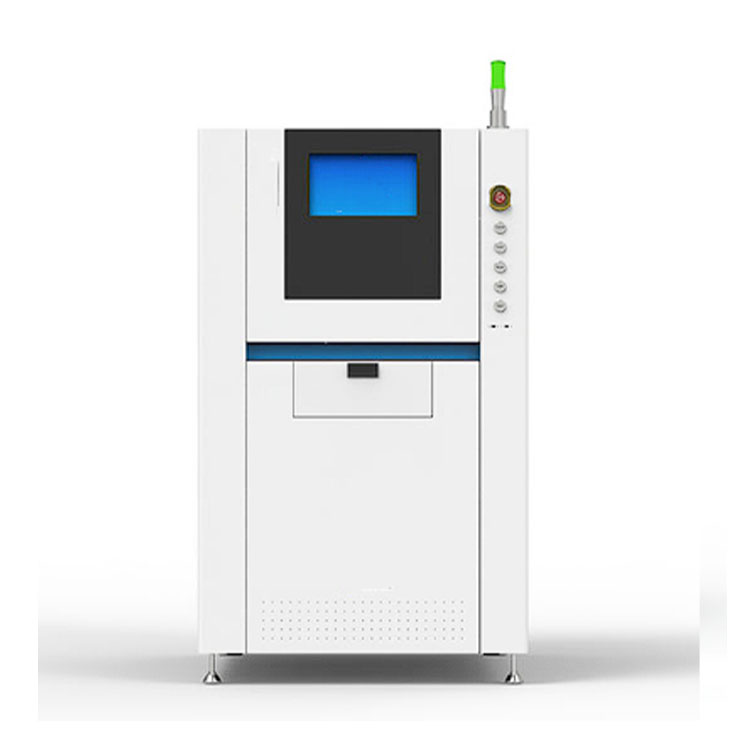 Taisin Metal 3D printer IDEN160
Taisin Metal 3D printer IDEN160
Connectedsearch
Related search- Cheap manufacturers of 3D printing apps
- Cheap 3D scanning and printing suppliers
- Cheap factories STL files
- Suppliers of architectural 3D printing in China
- Chinese suppliers of instrumental CNC centers
- Cheap suppliers of axial machines and tools
- Chinese factories for the production of 5-axial milling centers with CNC
- Chinese manufacturers of high -quality five -axle processing centers
- Cheap manufacturers of materials for 3D printing
- Manufacturers of cheap FDM printing (layer-laying modeling)
